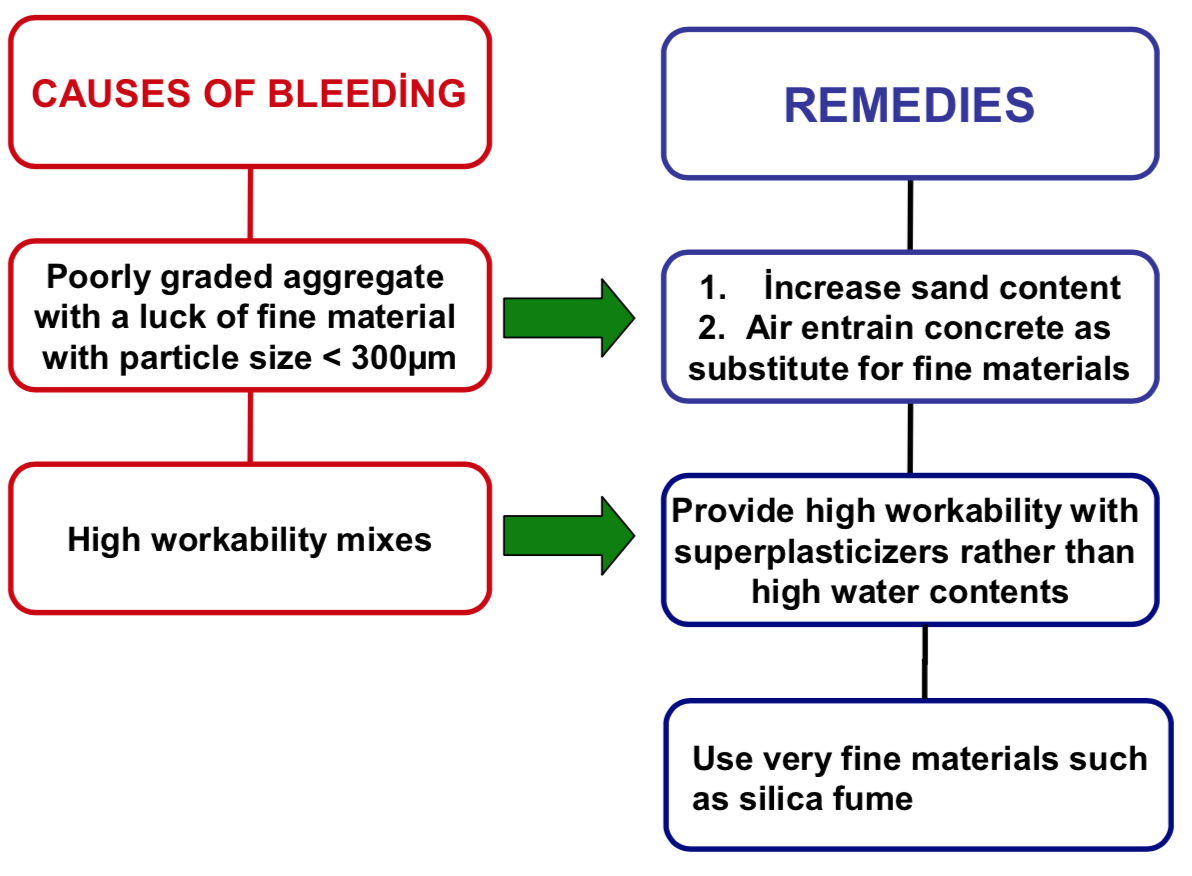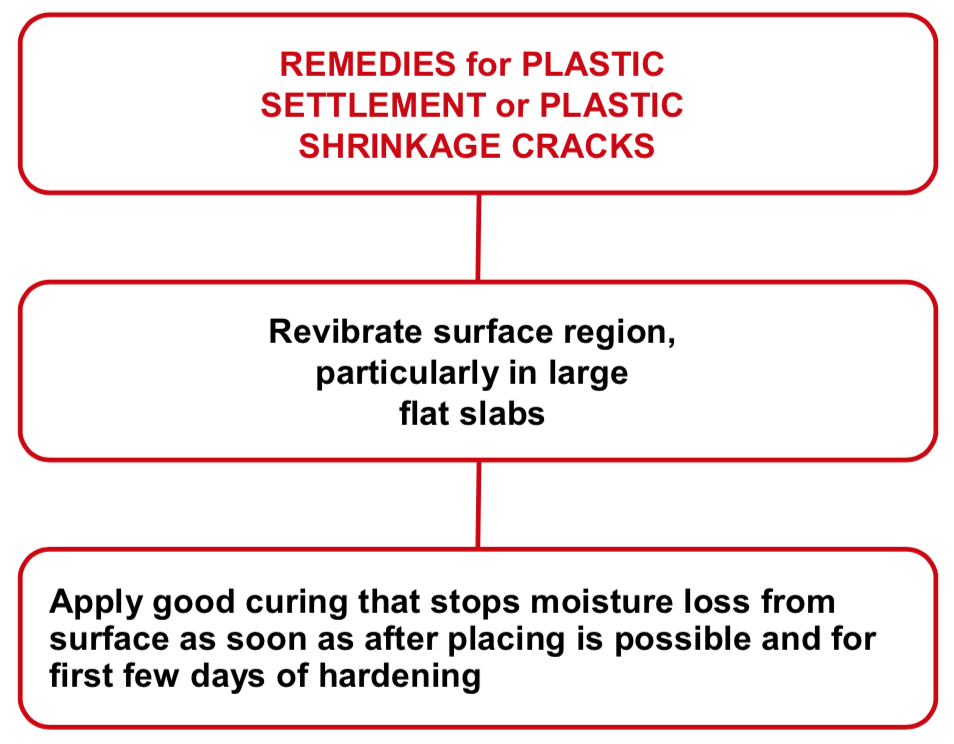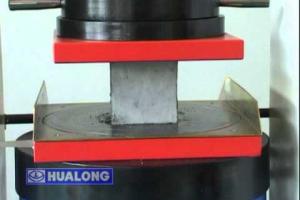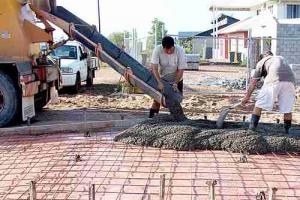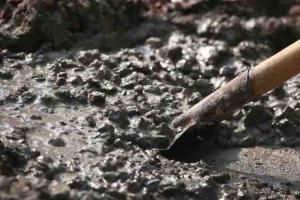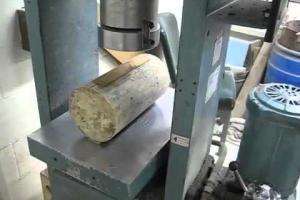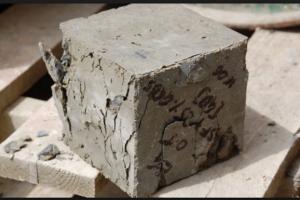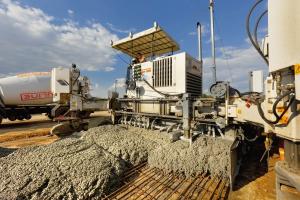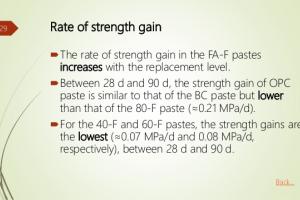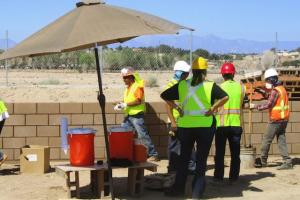Behavior of Fresh Concrete after Placing and Compacting
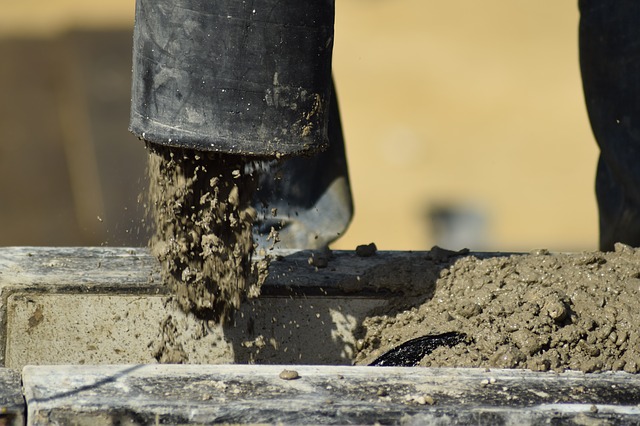
Segregation and Bleeding
From placing to final set, concrete is in a plastic, semi-fluid state. Heavier particles (aggregates) have tendency to move down (SEGREGATION) Mix water has a tendency to move up (BLEEDING).
Bleeding
A layer of water (~ 2 % or more of total depth of concrete) accumulates on surface, later this water evaporates or re-absorbed into concrete.
Other effects of bleeding
- Surface latence: water rich concrete layer hydrating to a weak structure (not good for floor slabs that need to have hard wearing surface)
- Water-rich pockets: upward migrating water can be trapped under coarser aggregate particles causing loss of strength and local weakening in transition zone.
Plastic Settlement
- Horizontal reinforcing bars may put restraint to overall settlement of concrete
- Then plastic settlement cracking can occur
- Vertical cracks form along line of the bars, penetrating from surface to bars
Plastic Shrinkage
- On an unprotected surface, bleed water evaporates.
- If rate of evaporation > rate of bleeding, then surface dries (water content reduces on surface) and plastic shrinkage (drying shrinkage in fresh concrete) will occur
- Restraint of walls of concrete causes tensile strains in near surface region
- Fresh concrete has almost zero tensile strength, thus, plastic shrinkage cracking results cracking is in fairly regular “crazing” form
Plastic shrinkage cracking will be increased by greater evaporation rates of the surface water which occurs, i.e. with higher concrete or ambient temperatures, or if the concrete is exposed to wind
Methods of reducing segregation and bleed and their effects
